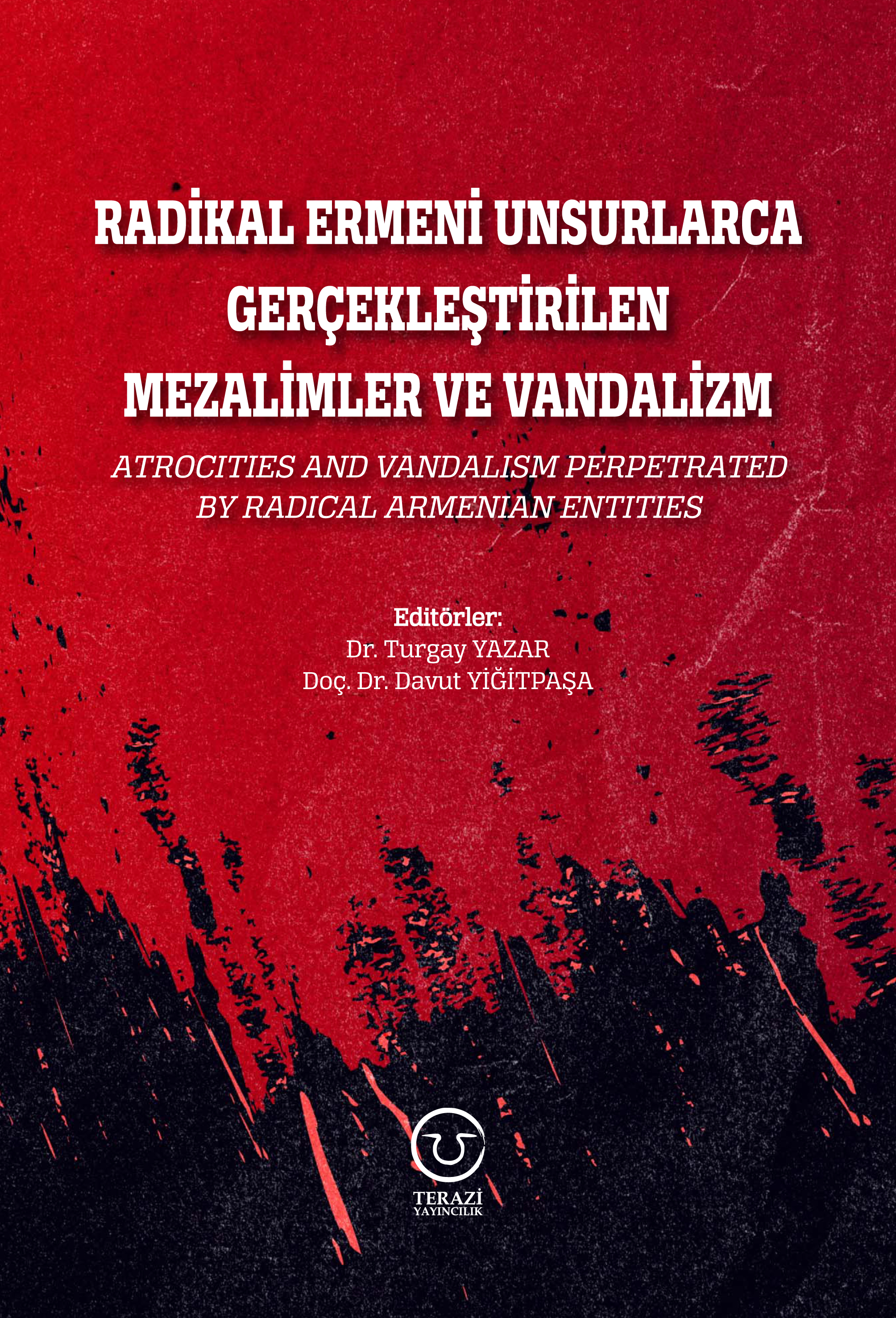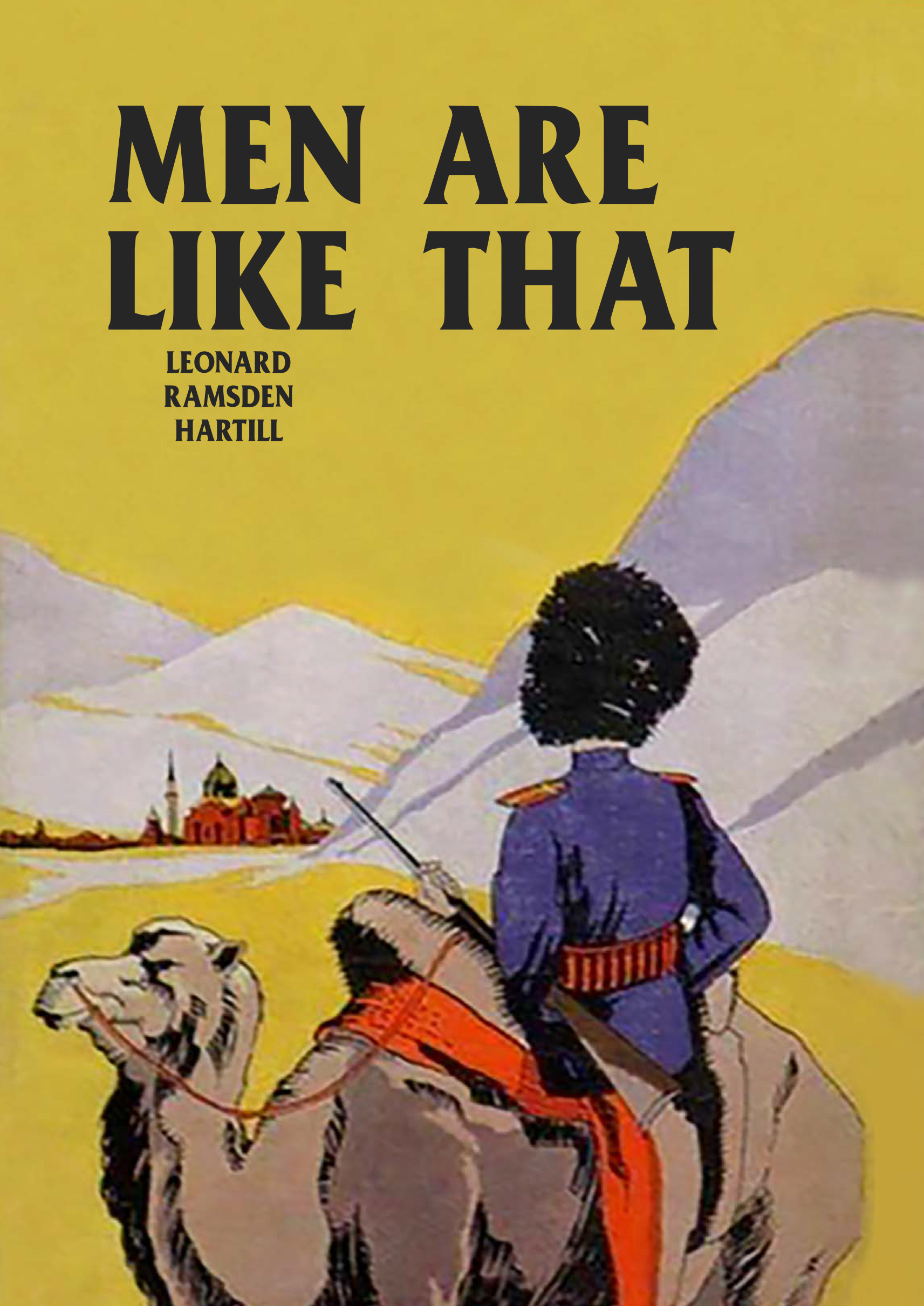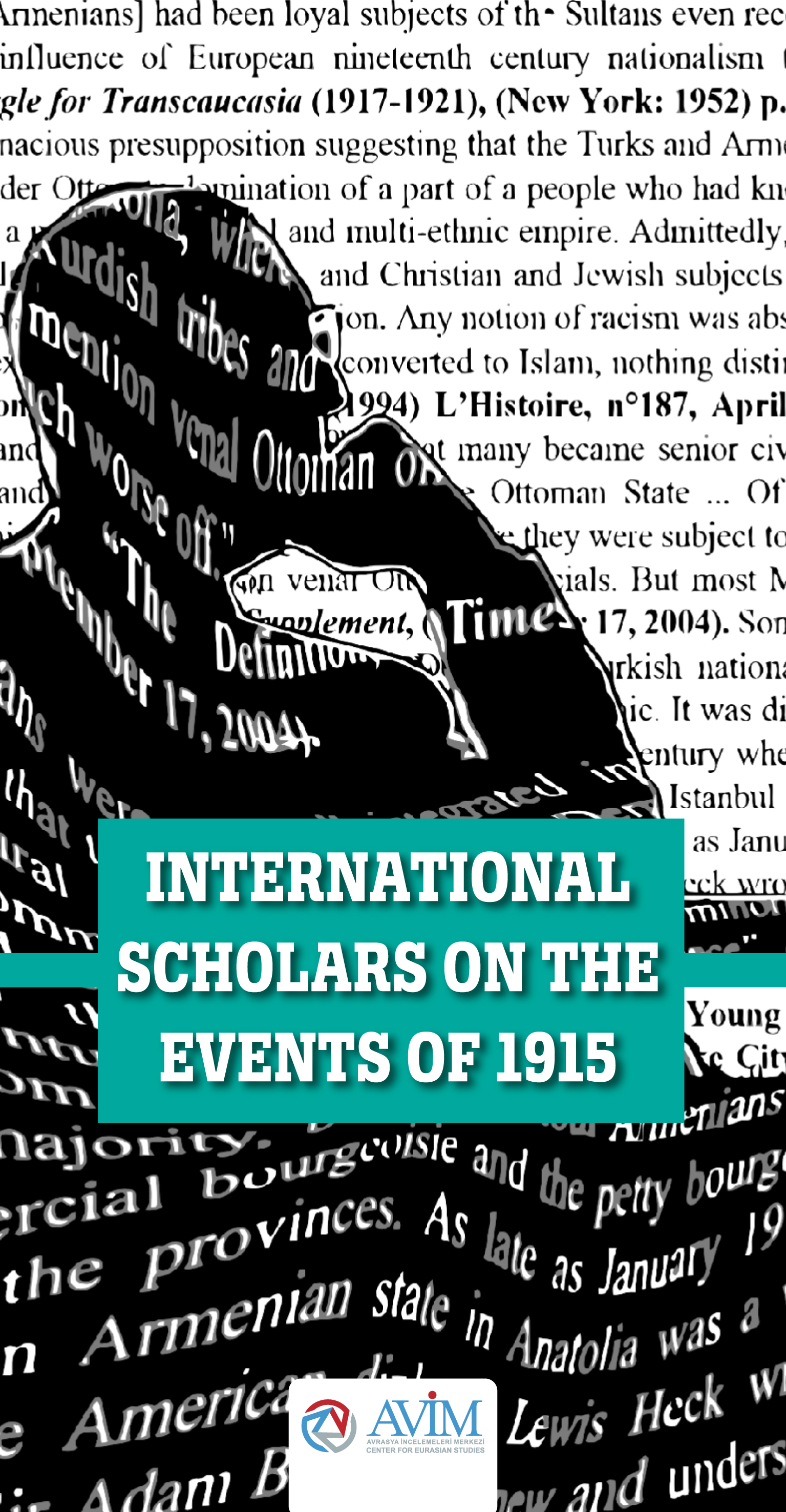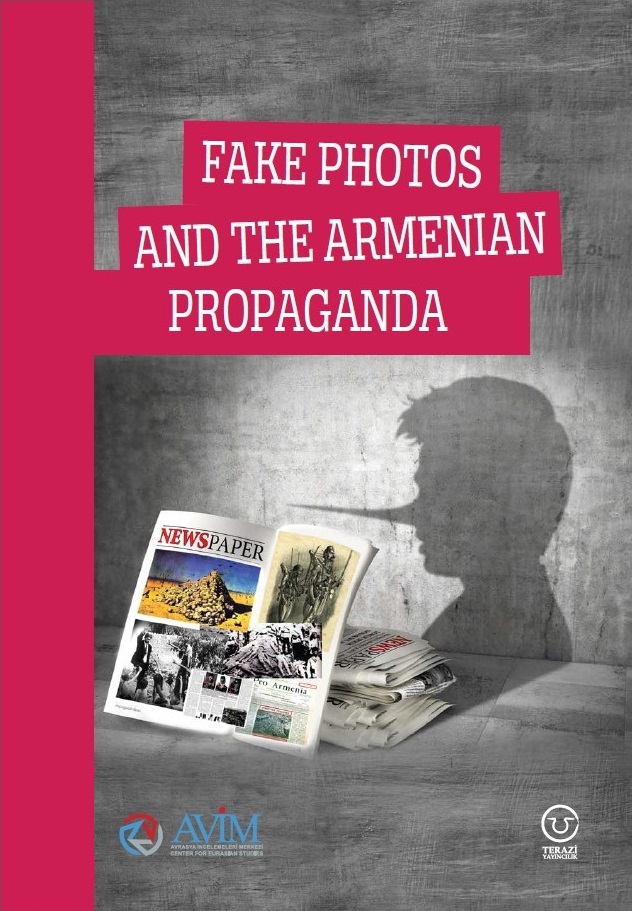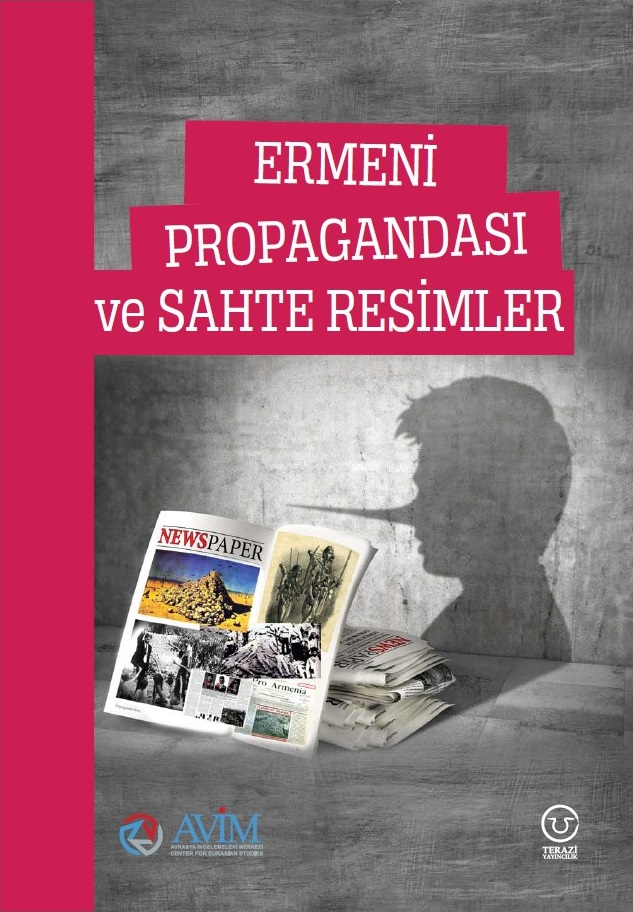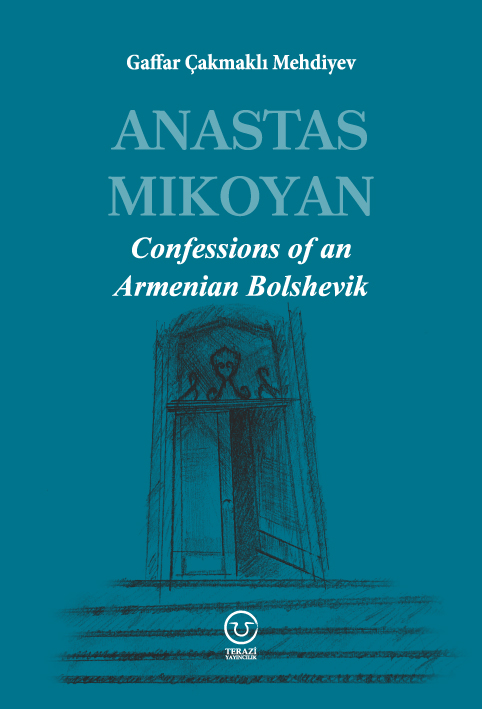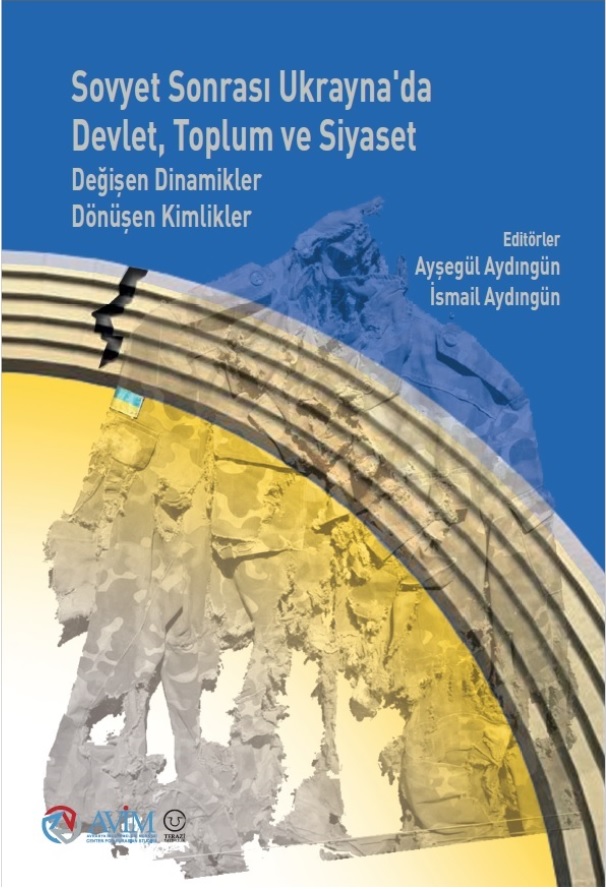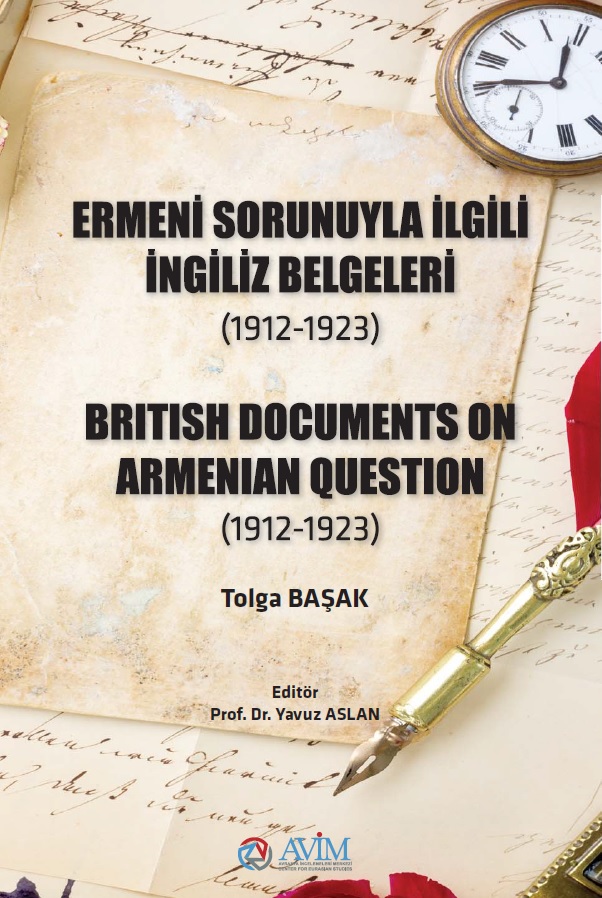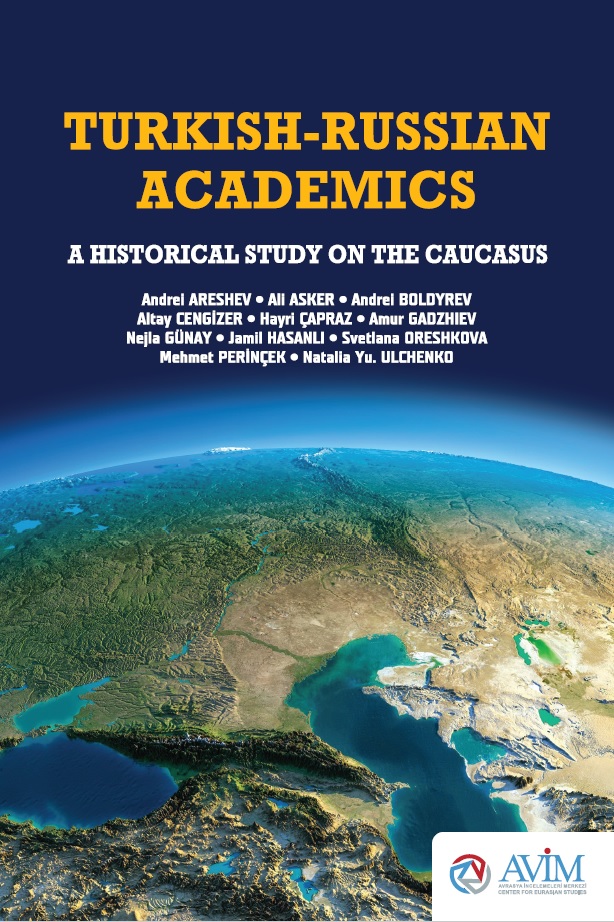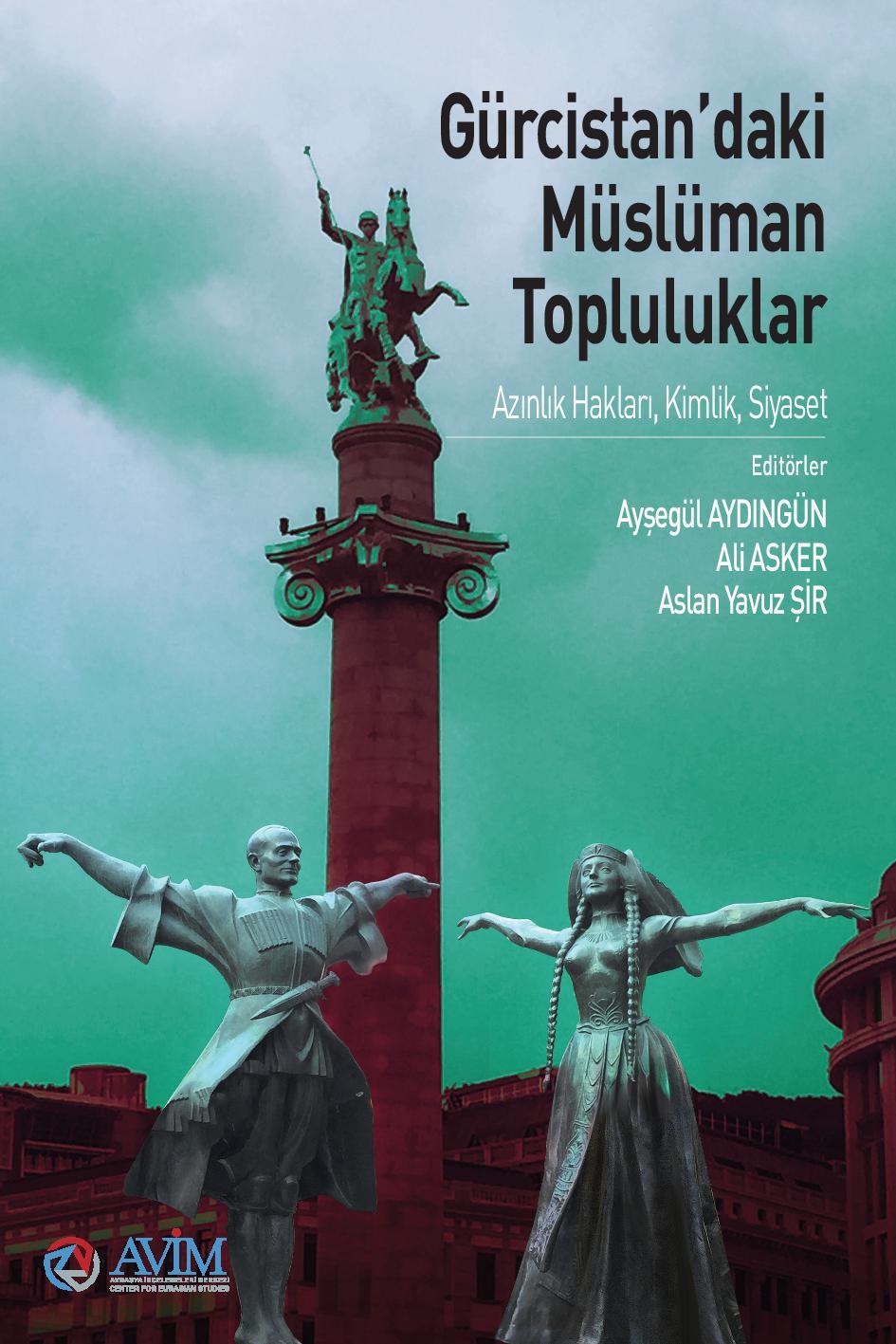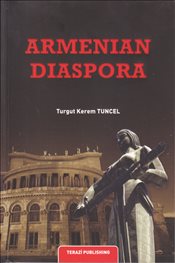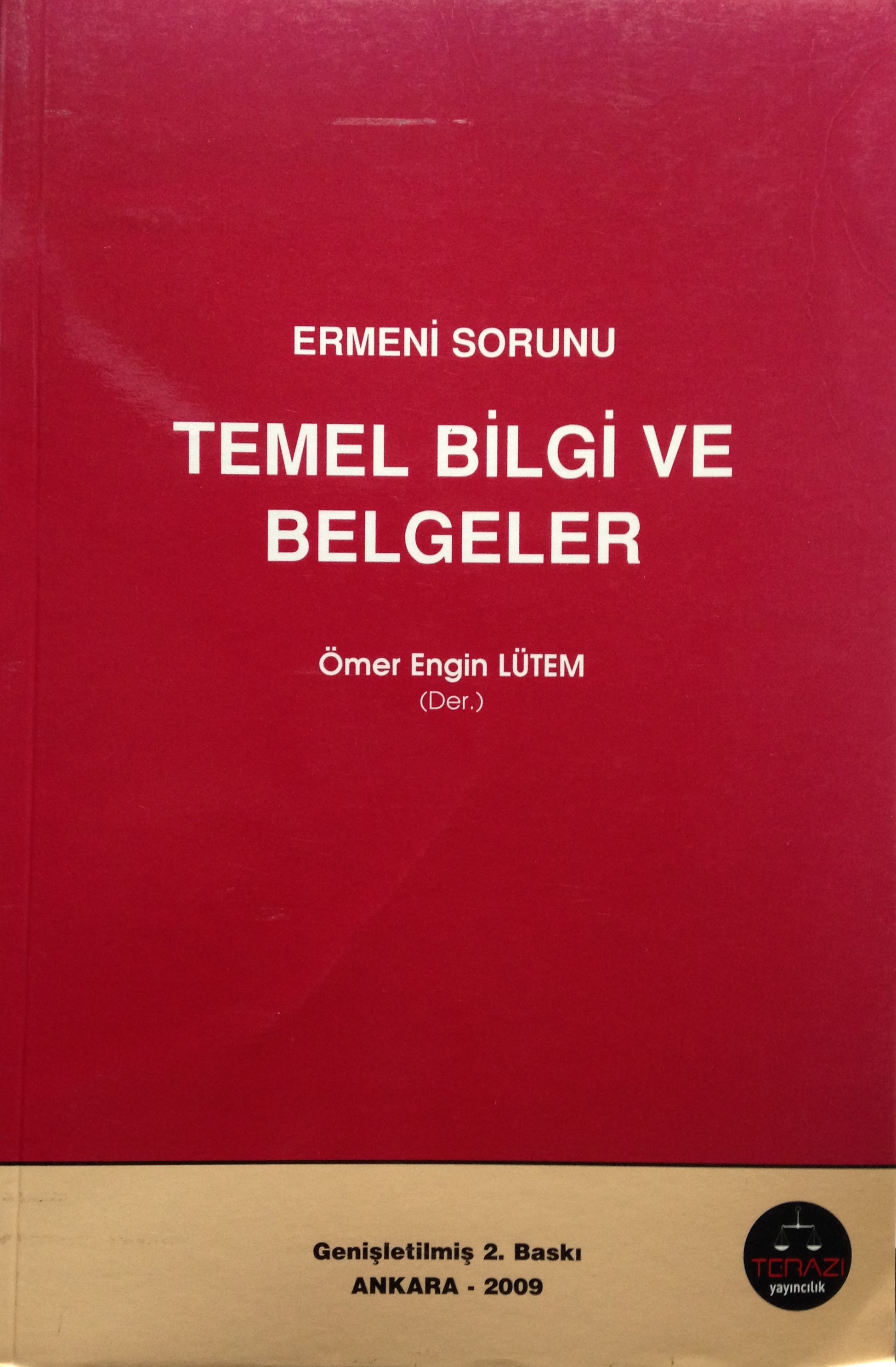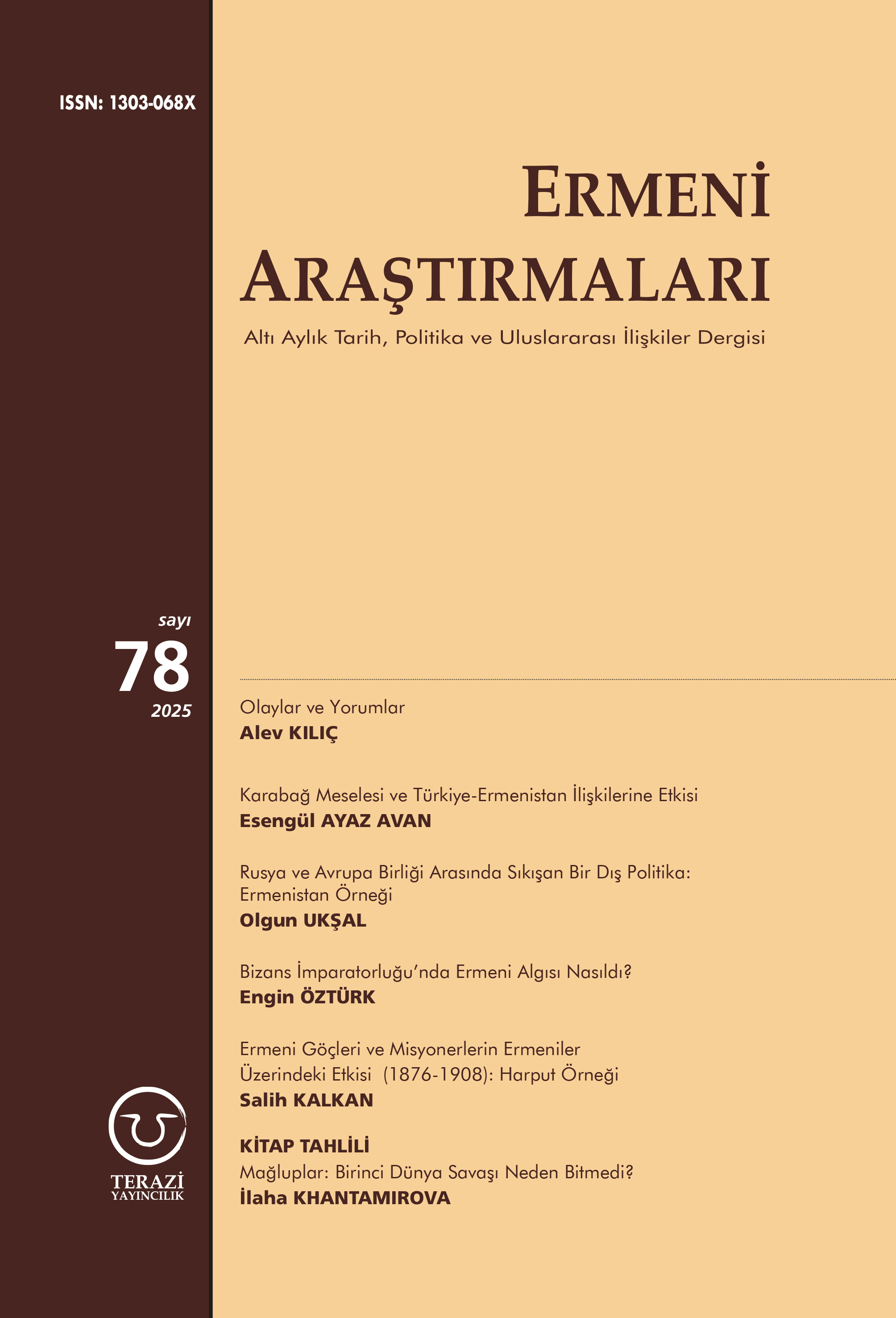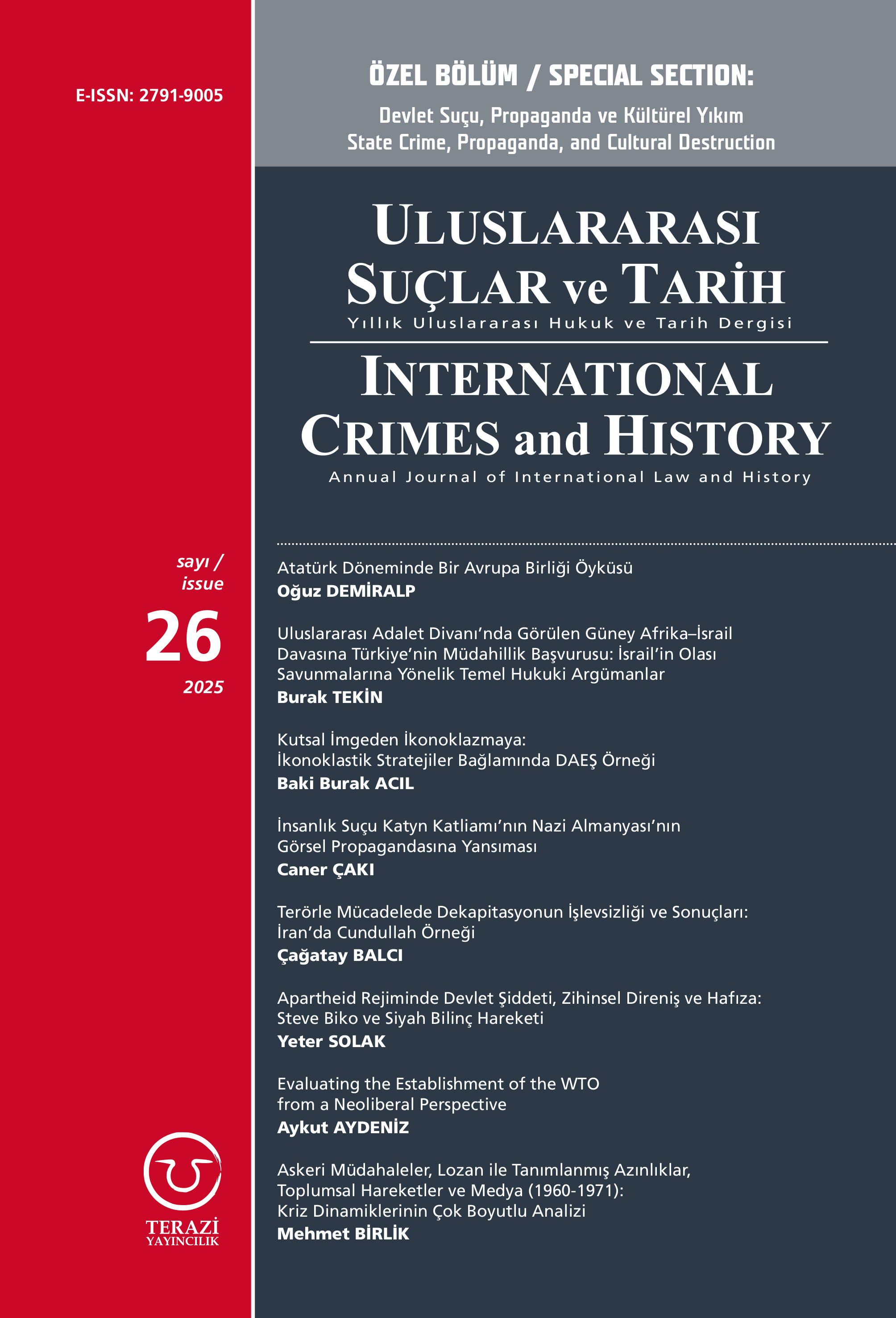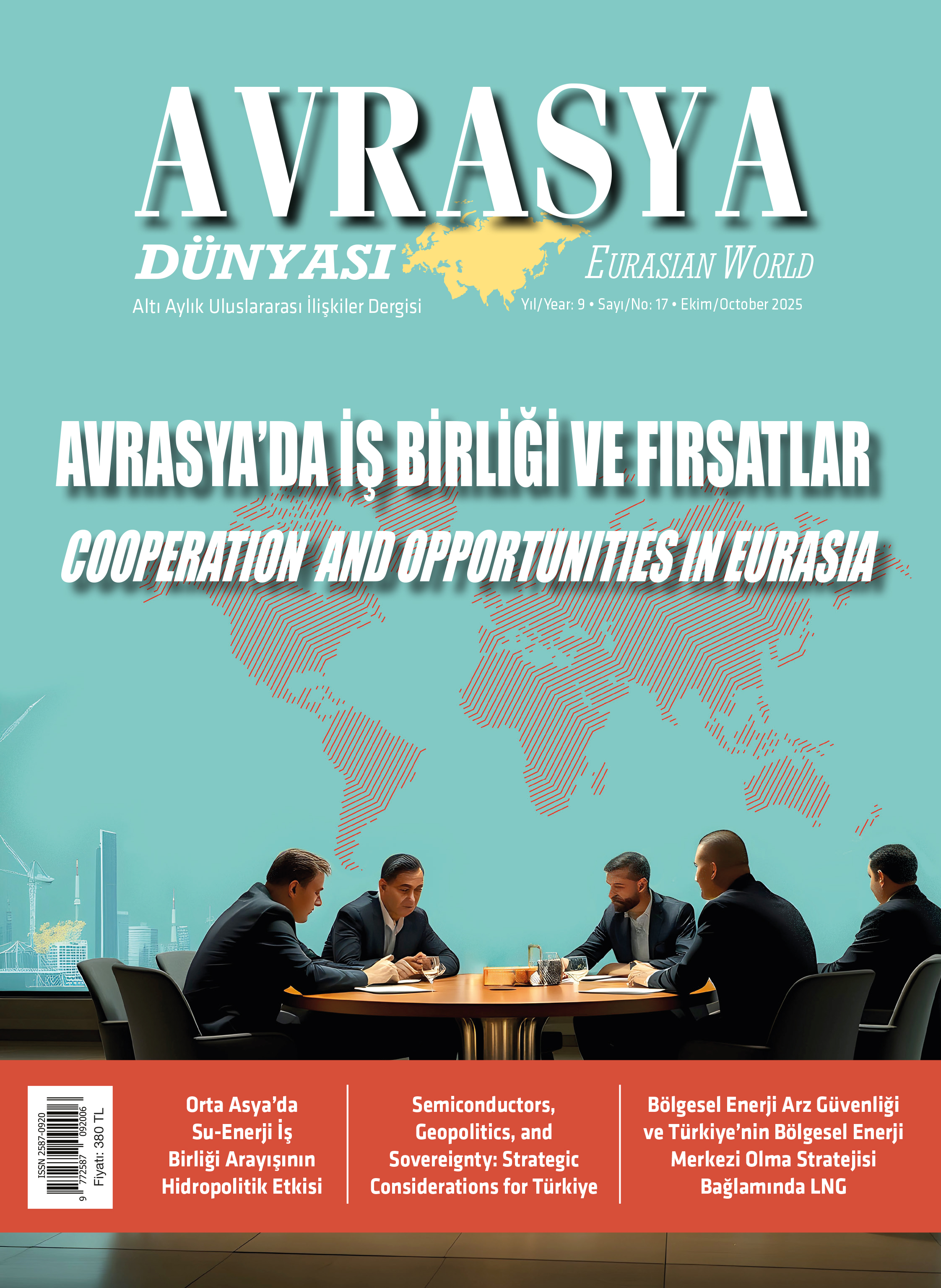Today, Yerevan is the capital of Armenia. With a population of more than a million, it is the country’s political, financial, industrial, and cultural center. Yet, at the beginning of the 19th century, it was a Turkish-Azerbaijani rather than an Armenian city. The transformation of Yerevan from a Turkish-Azerbaijani city to an Armenian one constitutes one of the earliest examples for the modern concepts of demographic engineering and ethnic cleansing. This inconvenient fact, however, is persistently ignored and covered up by Armenian state officials and diaspora spokespersons. The recent remarks by Serzh Sargsyan, the President of Armenia, must be seen within this context.
In a recent visit to France, Armenian President Sargsyan revealed his government’s plans to celebrate the 2800th anniversary of the foundation of Armenia’s capital, Yerevan, with special reference to the city’s continuous Armenian identity. However, Sargsyan’s contentions concerning the uninterrupted Armenian character of the city do not conform to reality. More interestingly, Sargsyan’s remarks also prompted indirect responses from Ilham Aliyev, the President of Azerbaijan as well as the director of the Institute of History at Azerbaijan's Academy of Sciences, who asserted the Azerbaijani-Turkish character of the city’s past. In a speech delivered at a congress of his New Azerbaijan Party, President Aliyev stated that “Yerevan is our historical land and we Azerbaijanis must return to these historical lands.” Yagub Mahmudov, the director of the Institute of History at National Academy of Sciences, similarly stated that Armenians are not the natives of the South Caucasus but that “they were moved to these lands by tsarist Russia.”[1]
The story of Yerevan’s foundation goes back to the 8th century BC, when Argishti I of the Urartu Kingdom founded the fortress of Erebuni, which served as a defense fort against the attacks from the north. As the Urartu Kingdom gradually weakened and collapsed, the area came under the control of the Persians, who ruled it for more than two centuries between the 6th and 4th centuries BC. Later, the clash the between Alexander the Great and the Persians weakened the latter and the Persians lost the control of region, giving rise to the ancient Armenian Kingdom. But the Armenian control over the region of Yerevan was not to be permanent as the Byzantine and Sassanian Empires swallowed up the kingdom and partitioned its territories in the 4th century, giving the control of Yerevan once again to the Persians. This was followed by the Arab conquest of the region in 685 AD and the region fell under the authority of the Umayyad Caliphate. In 11th century, the city was briefly controlled by the Byzantine until the Seljuk Turks took the city in 1064 and ruled the entire area. This was followed by the Mongol-Ilkhanid conquest of the region in 1236, which ended at the end of 13th century when Turks re-conquered the region.
The region’s subsequent history involved frequent changes of control over the region between the Iranian (which was made up of the Shia Turks to a very significant extent) and Ottoman Empires. This lasted until the late 18th century, when Nadir Shah died and the Afsharid Dynasty collapsed, leading to the formation of independent khanates in Azerbaijan. One of these Turkish-Azerbaijani statelets was the Khanate of Revan/Erivan, formed in the area known today as Yerevan. The Erivan Khanate ruled the area until it was conquered by the Russians in 1828, following the signing of the Turkmenchay Treaty in 1828. Such is the veracity of President Sargsyan’s remarks concerning the uninterrupted Armenian character of the city of Yerevan.
The Russian conquest was to play significant role in the city’s ethno-religious composition and was the determining factor in demographic changes that would subsequently take place. According to Mehman Abdullaev, the head of the history department at Baku State University, at the time of the Russian conquest, “the overwhelming majority of the population in the Irevan, Nakhchivan and Ordubad regions - 78.4 percent accounted for Azerbaijani Turks.” He further added that “During the [Russian] occupation of 359 Azerbaijani villages (310 in the Irevan province), their population was massacred and expelled from their houses.”[2]
In a study examining the breakup of the Erivan Khanate on the basis of Russian and Persian sources, Armenian historian George Bournoutian estimated that around 30 percent of the Muslim population of the Erivan Khanate “either died or emigrated” as a result of the Russian conquest. This was followed by settling 45,000 Armenians into their lands until 1832. But even with these massive population movements, the Armenians still did not make up a clear majority in the region. It was only at the end of the 19th century and early 20th century, following war and continuous migration and emigration “that the Armenians established a solid majority in the region”[3]
Today, there are no Azerbaijani Turks left in Yerevan, a city where they once constituted around 80 percent of the population. Successive generations of Armenian statesmen not only failed to admit that the Armenian dominance over the region was established through massacres and ethnic cleansing but also persistently denied its Azerbaijani-Turkish past. Sargsyan’s recent remarks clearly constitute a provocation to Azerbaijan through blatant distortion of history.
[3] George Bournoutian, Eastern Armenia in the Last Decades of Persian Rule, 1807-1828 (Malibu: Undena Publications, 1982), p. 74.
© 2009-2025 Center for Eurasian Studies (AVİM) All Rights Reserved
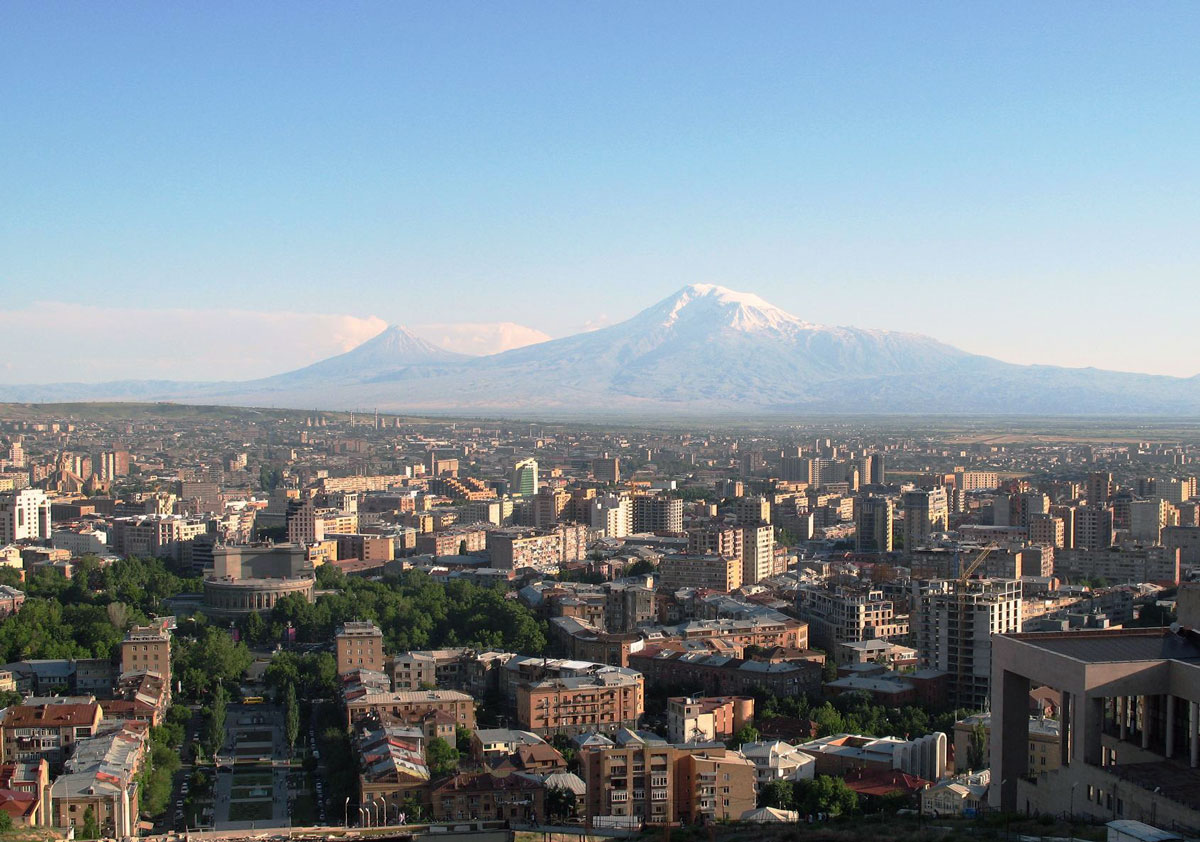
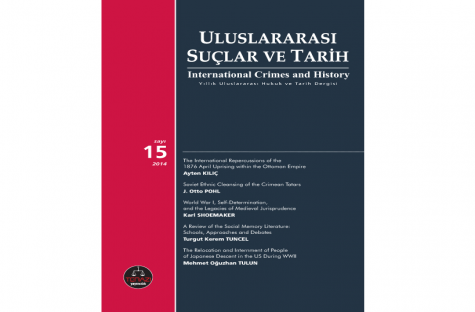 THE LATEST ISSUE OF THE JOURNAL OF INTERNATIONAL CRIMES AND HISTORY HAS BEEN RELEASED.
THE LATEST ISSUE OF THE JOURNAL OF INTERNATIONAL CRIMES AND HISTORY HAS BEEN RELEASED.
 AN OVERVIEW OF THE YEAR 2024
AN OVERVIEW OF THE YEAR 2024
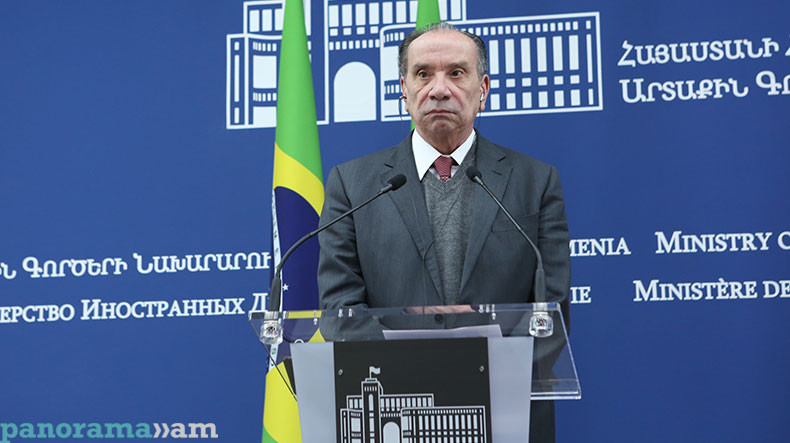 THE BRAZILIAN MINISTER OF FOREIGN AFFAIRS HAS DISAPPOINTED ARMENIA
THE BRAZILIAN MINISTER OF FOREIGN AFFAIRS HAS DISAPPOINTED ARMENIA
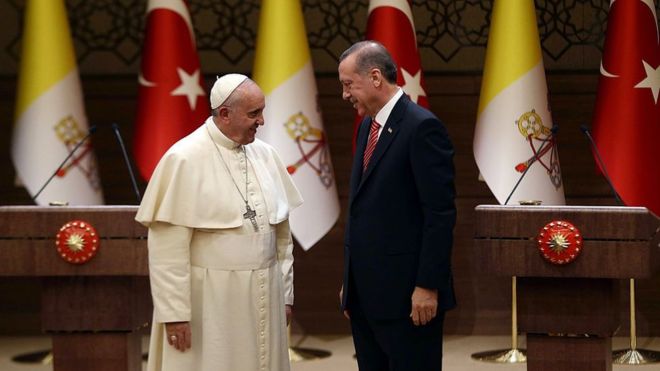 PRESIDENT ERDOĞAN AND POPE FRANCIS’ MEETING AT THE VATICAN
PRESIDENT ERDOĞAN AND POPE FRANCIS’ MEETING AT THE VATICAN
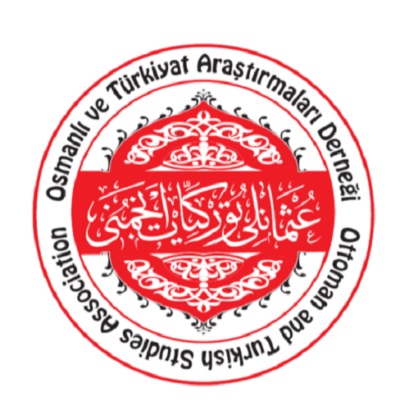 RENEWED ATTEMPTS OF THE CURRENT OTSA ADMINISTRATION TO REMOVE THE NAMES OF FUAT KÖPRÜLÜ AND HALİDE EDİP ADIVAR FROM THE OTSA AWARDS
RENEWED ATTEMPTS OF THE CURRENT OTSA ADMINISTRATION TO REMOVE THE NAMES OF FUAT KÖPRÜLÜ AND HALİDE EDİP ADIVAR FROM THE OTSA AWARDS
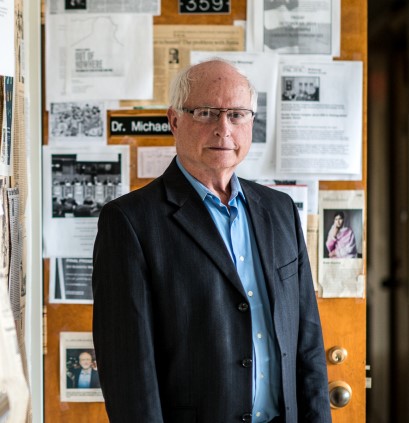 M.M. GUNTER’S ANALYSIS OF “THE THIRTY-YEAR GENOCIDE” BOOK BY B. MORRIS AND D. ZE’EVI
M.M. GUNTER’S ANALYSIS OF “THE THIRTY-YEAR GENOCIDE” BOOK BY B. MORRIS AND D. ZE’EVI
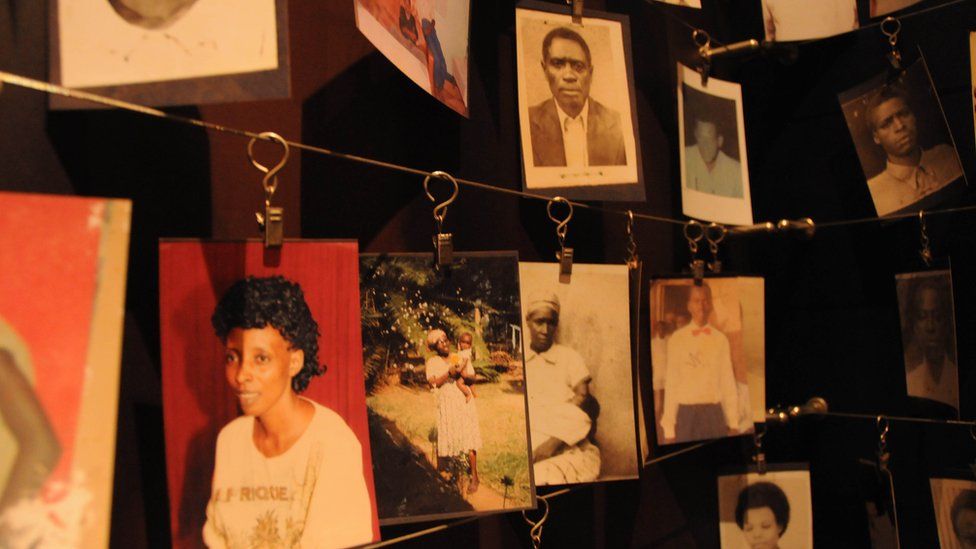 FRANCE FAILS TO ACCEPT ITS RESPONSIBILITY FOR THE RWANDAN GENOCIDE
FRANCE FAILS TO ACCEPT ITS RESPONSIBILITY FOR THE RWANDAN GENOCIDE
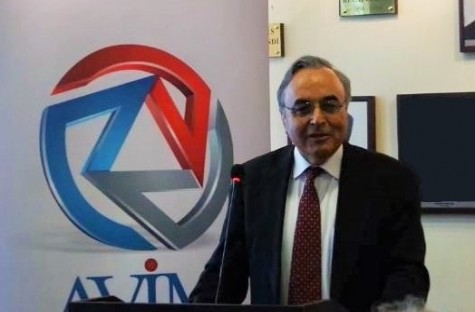 RUSSIA AND CHINA CARRY OUT JOINT NAVAL EXERCISE IN EASTERN MEDITERRANEAN
RUSSIA AND CHINA CARRY OUT JOINT NAVAL EXERCISE IN EASTERN MEDITERRANEAN
 THE NEW REVENGE OF LAW ON POLITICS
THE NEW REVENGE OF LAW ON POLITICS


